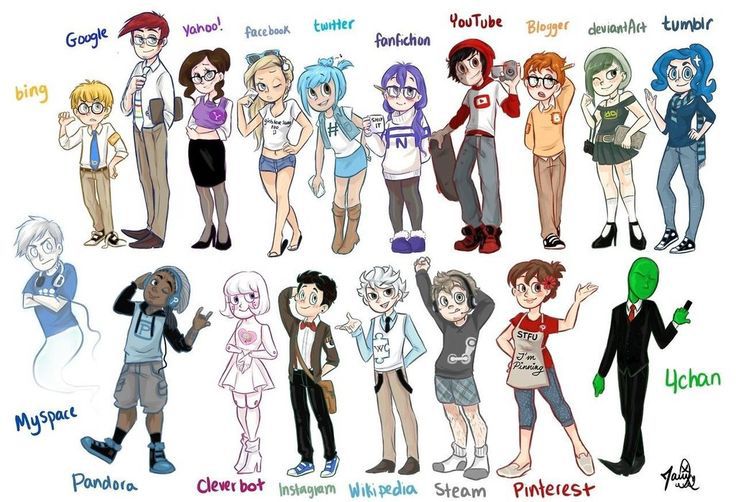[Part 2 of 9: The Social Animal on Social Media, Part 1, Part 3, Part 4, Part 5, Part 6, Part 7, Part 8, Part 9]
Recently, the Guardian newspaper decided to shut down comments on articles about race, immigration and Islam, saying that the majority of comments are racist and toxic, and there is very little point in having the comments open.
Of course there has been much debate (click on the link above) around whether the Guardian should or shouldn’t do this. Apparently, their Comment is free slogan has been viewed ironically for some time because moderators regularly remove comments. However, since it is the Guardian’s website and everyone who leaves a comment is a guest then surely they should behave themselves. Instead of debating whether comment is free, surely we should be debating why and when did it become the norm to feel that it was ok to write toxic comments on the Guardian website?
No one probably even noticed at first, because people conform very quickly because we have a powerful need to belong. In his social psychology handbook The Social Animal, Eliot Aronson says: Acceptance and rejection are among the most potent rewards and punishments for social animals because, in our evolutionary history, social exclusion could have disastrous consequences. Even though we are sitting at our computers, or wandering about with our phones, we still look to our peers to find ways to be accepted.
In a 2014 study Pew Research Center found that people are less likely to share their honest opinions on social media, and will often only post opinions on Facebook with which they know their followers will agree. Moreover, people will not speak up with a dissenting opinion in a discussion on Facebook or Twitter. This is known as the spiral of silence, and existed as a social psychology theory well before social media came into being to confirm what was already known.
Khan Academy has a lovely presentation explaining conformity and groupthink using the example of training a dog either with a shock collar or treats. If you don’t know how to train a dog, and the group suggests a shock collar, you might go along with this idea, which is called informative influence. However, if you are an expert and know that shock collars are a terrible thing to do to a dog, you might still decide to go along with the group in order to avoid becoming a social outcast. This is known as normative influence and embodies the main fear that most individuals have, which is a fear of social rejection.
Clearly, this contradicts the popular belief that social media allows voiceless people to have a voice. Although, social media sites have been used to plan protests and gain attention for specific causes, these are few and far between. The reality is that social media sites too often suppress thought and debate. Jon Ronson, author of: So you’ve been publicly shamed, says: The great thing about social media is that it gave voice to voiceless people, but now we’re creating a surveillance society where the smartest way to survive is being voiceless.
This is in spite of the fact that in the West, to conform, or to be viewed as a conformist is to be seen as an inadequate person. Whereas, to be called an individualist or a nonconformist is to be recognised as a great person. Often society celebrates the brilliance of nonconformists long after society has treated them terribly and they are no longer around to appreciate it. Alan Turing is one example who springs to mind.
However, it is not just fear of rejection which drives us. Often, we conform to the behaviour or opinions of an individual who is similar or important to us, or who appears to have expertise or authority in a given situation. Aronson says that research has shown that people are more willing to comply with a demand from a person wearing a uniform than with someone in civilian clothes.
It is the same online. We often take the opinion of someone we don’t know over someone we do because we trust people who are seemingly in the know, even if we don’t agree with them. Malcolm Gladwell, author of The Tipping Point, calls these people connectors. They are talking about appropriate topics in appropriate places and are the tipping point to get a trend started.
It doesn’t even matter if this trend is good or bad for us, we conform because we don’t want to be socially outcast and we rely on other people as a means of determining reality. We ignore ourselves and our own moral compass and adopt a when in Rome attitude, which can be dangerous especially when we are in a group which no longer has a dissenting point of view. And, this surely what is happening all over the Internet when no one wants to write a dissenting opinion.
In 1972, social psychologist, Irving Janis called this groupthink, which is when people no longer make proper decisions because they don’t have any opposing opinions to consider. They just go along with the general consensus and because they don’t feel any individual responsibility, terrible decisions are made. Aronson cites two examples: Hitler and the Holocaust, and NASA’s 1986 Challenger Shuttle Disaster.
However, all is not lost. We can encourage positive conformity just as easily as negative groupthink. Happiness expert, Shawn Achor describes in his 21 days to happiness course how a waving campaign in a high-crime neighbourhood in Salinas, California facilitated police acceptance.
Originally, police officers went door to door in order to get to know the neighbourhood, but they were not well received and needed a different approach. So, whilst on the beat, officers began waving and smiling to everyone. Eventually, this new behaviour caught on and people began to smile and wave back. The neighbourhood conformed and found that waving and smiling was the new reality – when in Rome, etc. This led to more friendly relations with the police force and eventually an engaged community which experienced a dramatic drop in crime.
Given, that people can conform positively just as easily as they conform negatively, it seems logical that social media platform owners owe it to their users to find ways to encourage positive behaviour until everyone conforms. As Shawn Achor says in his book, The happiness advantage: happiness is a choice and happiness comes from behaving in more positive ways. Let’s hope we get more happy on social media soon.
[Part 3]






